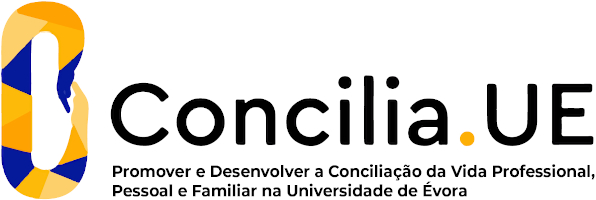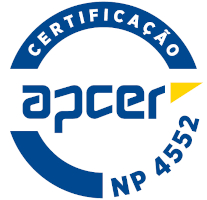Geography and Territory
Sustainable Development Goals
Learning Goals
It is pretended that Architecture students realise the contribution of Geography for their graduation. So, it is important to consider a few Geography key-concepts that link the Architecture and Urbanism interest concerning the different ways of thinking in Geography, apart from the quickness of it’s change, that occurs during the land appropriation and transformation processes. Starting by the “scale” concept, the interest on the multi-scale analysis, and the diversity on the approach of the space concept, without forgetting the landscape and the territory.
It is necessary that students initialize themselves in a spatial reading of the physical and human phenomena, and acquire critical conscience of the integrated dimension of the landscape and of the geographic human/nature relationship in different territorial contexts. This spatial reading is contemplated by its cartographic representation, reading and interpretation of cartographic and photographic documents, and other ways of representation.
Contents
- Introduction: objectives and specialization of this science.
- Geography’s great themes: localization; interaction between man and environment.
- The scale: The multi-scale analysis interest, and the extra benefits of the dialog with planners and architects.
- The geographic space: it’s evolution throughout geography’s history, since classic Geography.
- The geographic man/nature relationship: the importance of the landscape study since Classic Geography, until the contemporary perspectives. Examples presentation of the regional Geography of Portugal.
- Physical characteristics of the territory: Climatic System; topography and soil occupation effects; identification and characterization of the elemental relief shape with it’s morphologic and cartographic expression.
- Acquirement of the Portuguese regional division .
- Urban Space: city concept; “site” and “position”; morphology, urban structure and functions; main problems of the city’s development.
Teaching Methods
Theoretical-Practical classes with an expositive component with audio-visual support; theoretical-practical exercises to apply the knowledge in an integrative perspective. Valorisation of the use of referential works in the geographic context.
Assessment
Evaluation: Processed by frequencies or final exams and practical component. The practical component evaluation will be done during the examination, but also during group work presentations that concern texts reading, inquiries application results or map reading.
Recommended Reading
AaVv (Coord. Medeiros, C. A.) (2005/2006) - Geografía de Portugal, vol. I a IV, Círculo de Leitores, Lisboa.
Bailly, A., Béguin, H. (2001) – Introdution à la Géographie, Masson, Paris.
Daveau, Susanne. (1995) - Portugal Geográfico. João Sá da Costa ed., Lisboa.
Mattoso, J., Daveau, S., Belo, D. (2010) – Portugal, o Sabor da Terra, Editora Temas e Debates, 2ª ed., Lisboa.
Peixoto, J. P. (1987) – O Sistema Climático e as Bases Físicas do Clima. O Homem, o Clima e o Ambiente I. SEARN, Lisboa.
Ribeiro, O., Lautensach, H., Daveau, S. (1988) – Geografia de Portugal II – O Ritmo Climático e a Paisagem”. Sá da Costa ed., Vol.II., Lisboa.





















